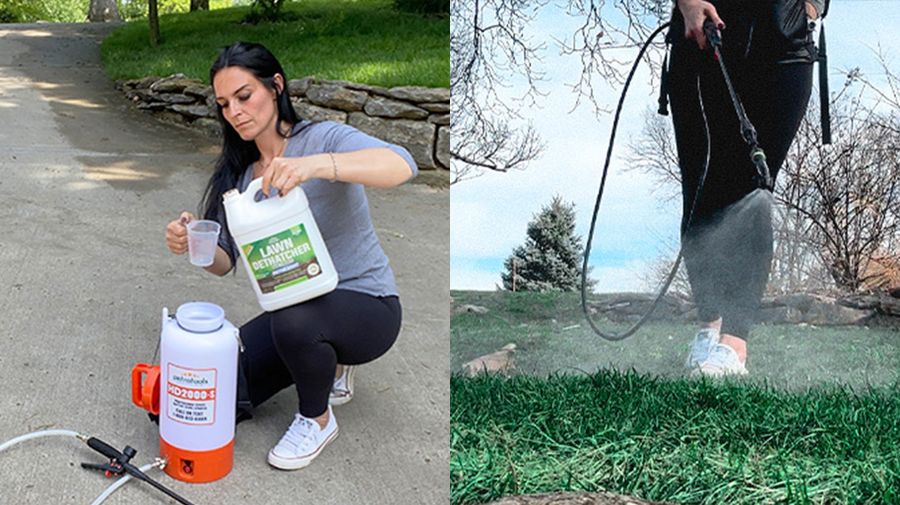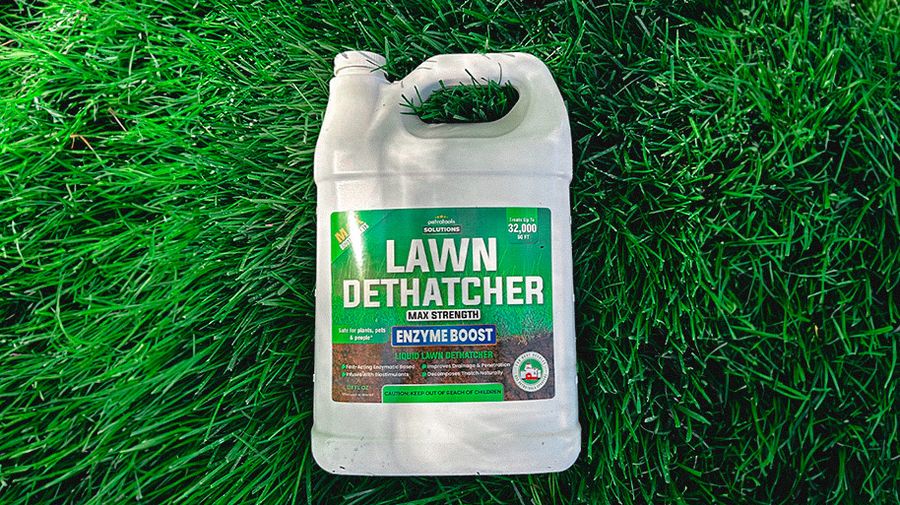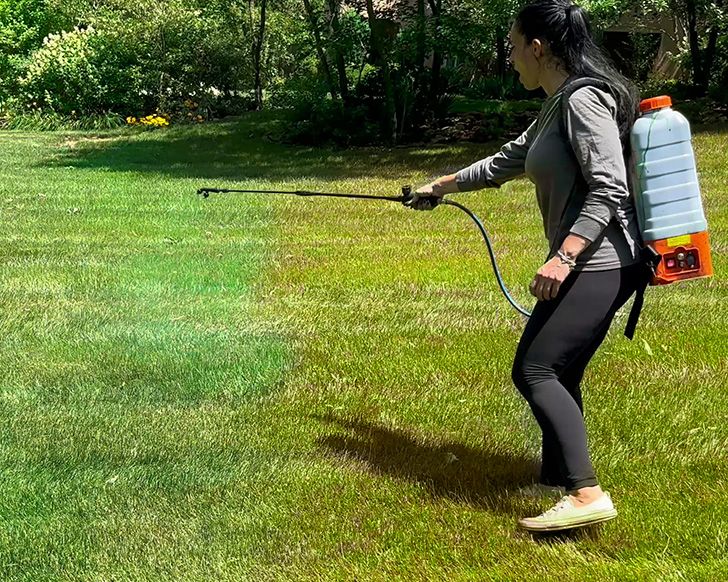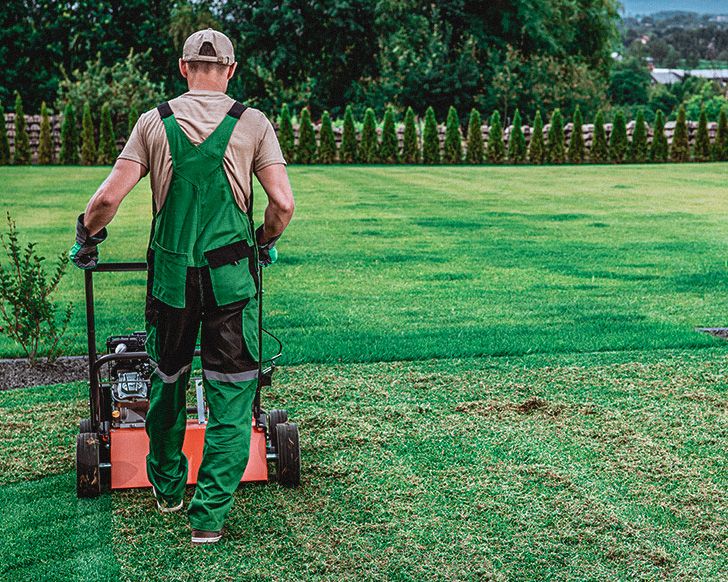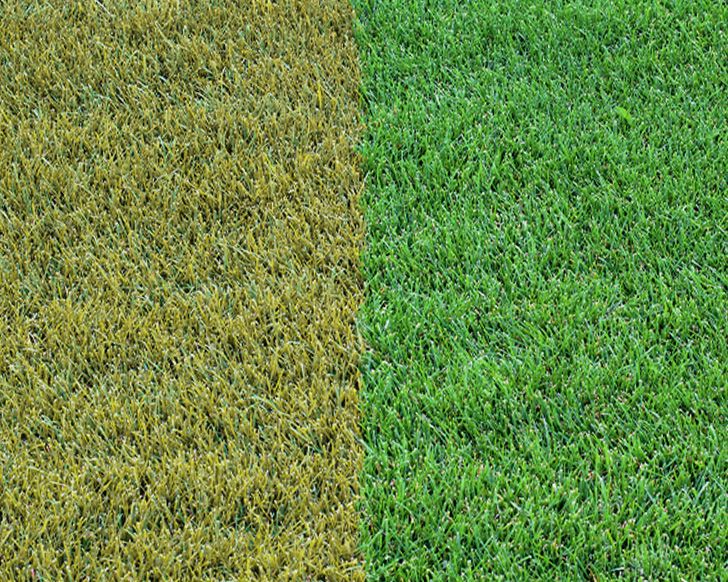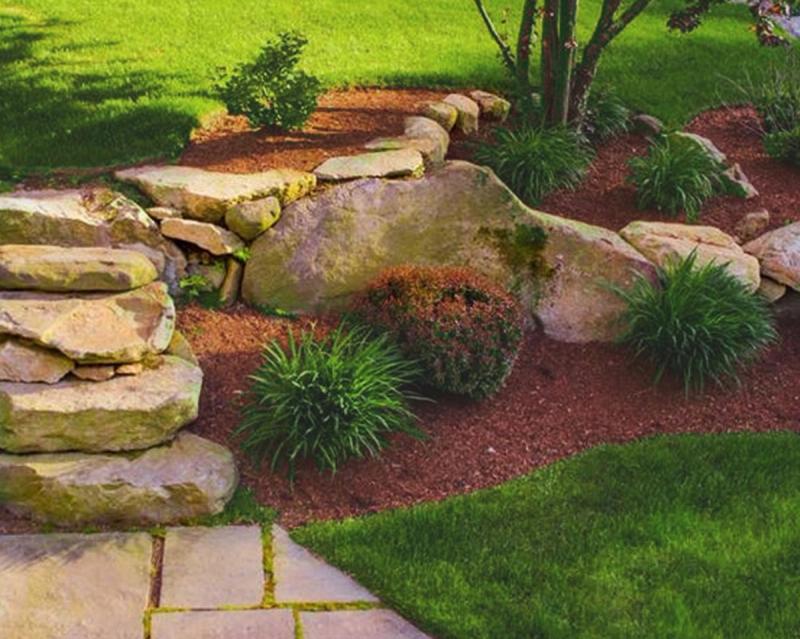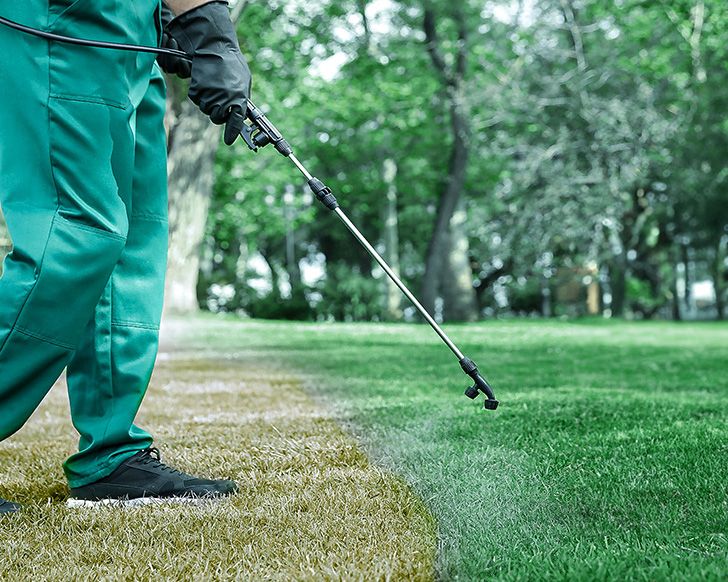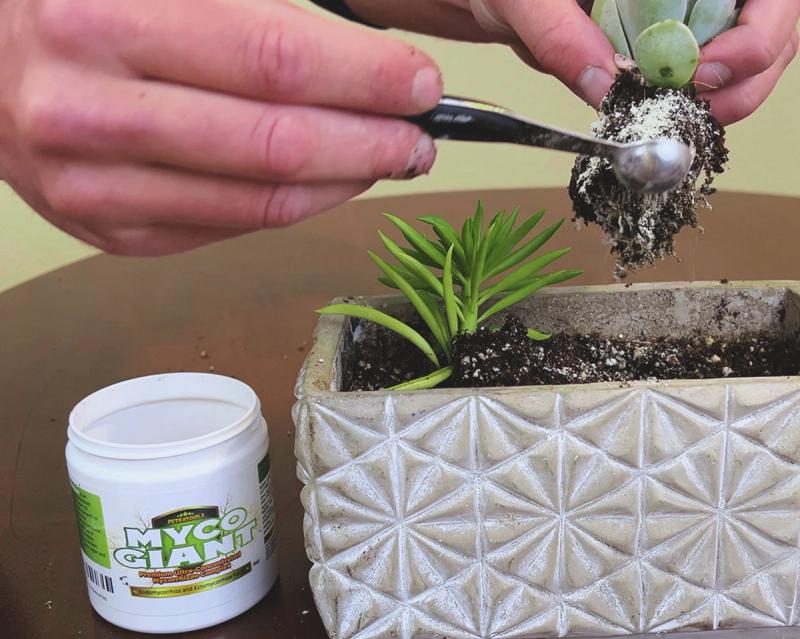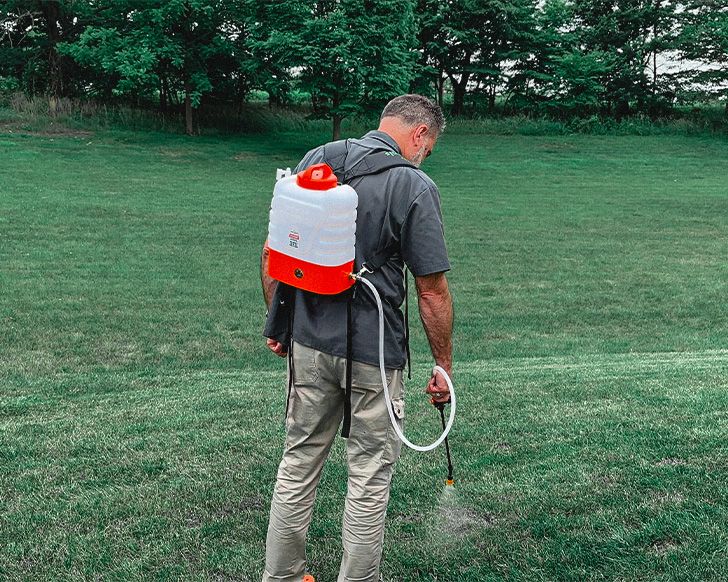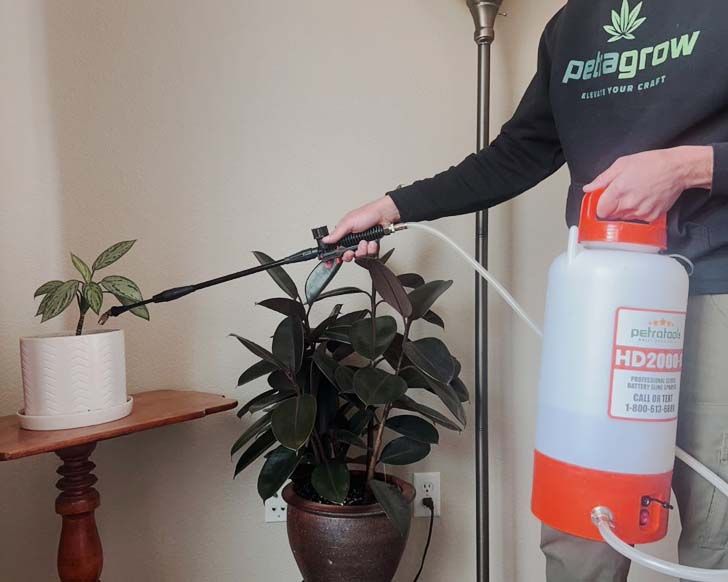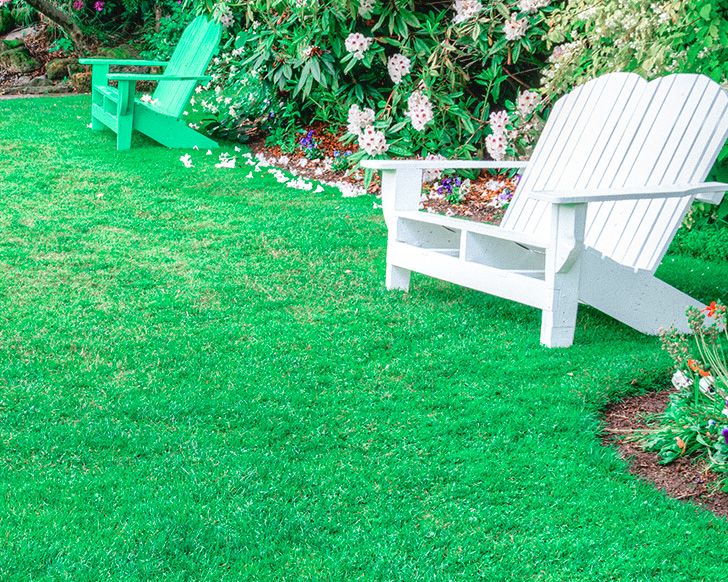Revive Your Lawn: The Key to Lush Growth and Vibrant Color - Liquid Lawn Dethatching Explained (2024)
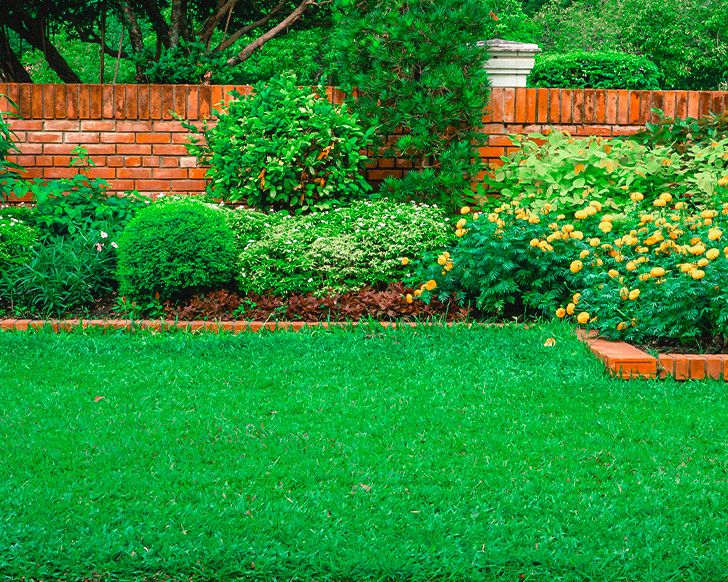
Revive Your Lawn: The Key to Lush Growth and Vibrant Color - Liquid Lawn Dethatching Explained

Lawn dethatching may sound complex, but sometimes it’s a necessary process that will help you bring your lawn back to life. There are several reasons why thatch can build up on your lawn and several methods you can take to remove this layer of buildup. If you see a layer of material on top of your grass that is more than an inch thick, and you are also seeing a less-than-vibrant color, thinning, or weak growth, a lawn dethatcher may just be what you need to restore your lawn to a healthy status.
What Is Thatch?
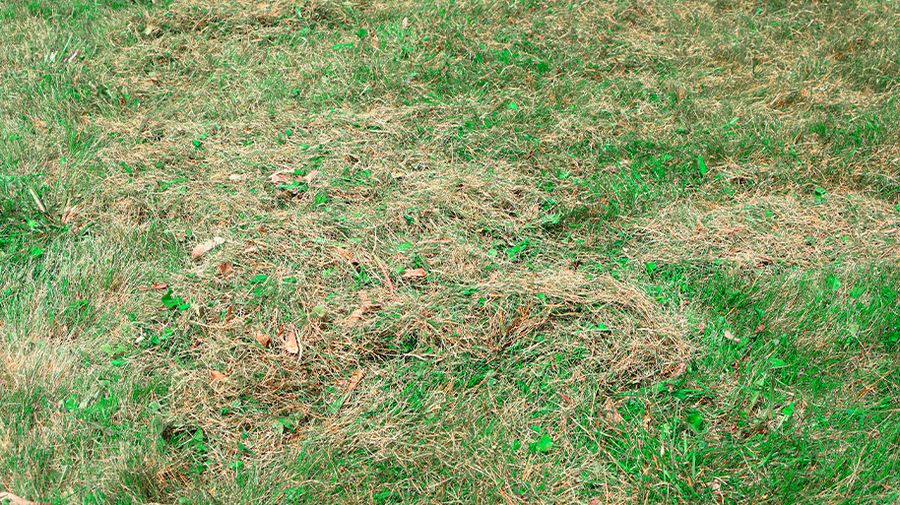
Thatch is a tightly woven buildup of organic material that settles between the soil and the turf. This organic material can include roots, leaves, and stems. While a thin thatch layer can be beneficial to your lawn, a thatch layer that becomes too thick can damage your lawn.
Important facts about thatch build-up:
- It can block the nutrients, water, and fertilizer from reaching the roots.
- Over time, roots can suffocate
- Thatch makes your lawn more prone to disease and pests
- Thatch renders your lawn more susceptible to heat, cold, stress, and drought.
- Lawns that have been overly fertilized and overly watered are more prone to thatch build-up
- Lawns treated with pesticides are more prone to thatch buildup
- Lawns with low soil pH are susceptible to thatch buildup
- Kentucky bluegrass, Bermudagrass, and creeping fescues are more prone to thatch buildup
- Thatch occurs when microorganisms can’t break down all the organic matter
- If thatch exceeds ¾ inches, it may be time for lawn dethatching
- Thatch build-up can occur when the soil is compacted. Compaction happens when the soil particles have been squeezed together due to heavy foot traffic, machinery, or harsh weather conditions.
How Can You Prevent Thatch Buildup?
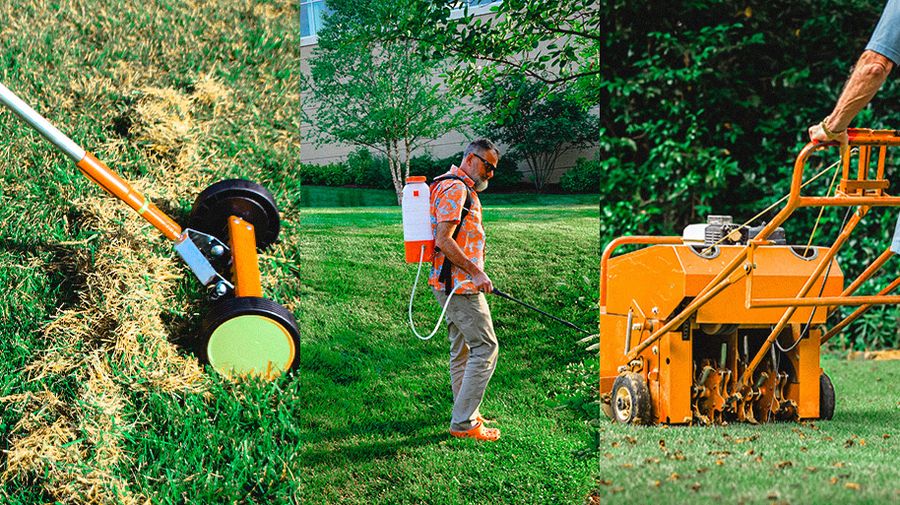
To prevent the need for lawn dethatching, you can take a few steps to naturally prevent a layer of thatch from building up.
Reduce the need to dethatch by:
- Committing to proper lawn care
- Not overusing fertilize in general
- Not applying too much quick-release nitrogen fertilizer
- Watering infrequently and deeply for healthy root development
- Leaving grass clippings less than ¾ inches on your lawn to add nutrients to the soil.
- Aerating every year or every other year
- Raking excessive amounts of grass or material from your lawn
What Is Lawn Dethatching?
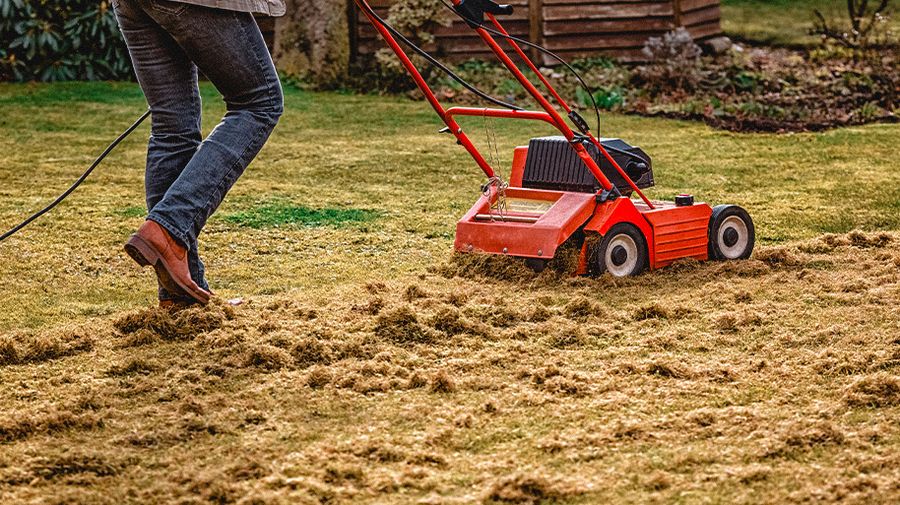
Traditional lawn dethatching can be accomplished through a mechanical process. Power dethatchers and power rakes are an effective way to dethatch your lawn, but the best way to reduce thatch buildup is by performing core aeration. Core aeration extracts plugs of soil, thereby enhancing nutrient and water uptake. Core aeration also reduces compaction. In addition to traditional, mechanical dethatching methods, you can use a Liquid Lawn Dethatcher as well. These liquids utilize bacteria to help decompose the thatch layer.
Lawn dethatching is a process that:
- Traditionally relies on mechanical dethatchers or power rakes to remove buildup
- Utilizes core aeration to remove soil plugs
- Helps the soil take in more nutrients, water, and air
You should think about lawn dethatching when the thatch:
- Is thicker than 1 inch
- Forms a barrier that deprives the roots of air, water, and nutrients
- Creates a lawn that feels spongy
- Makes mowing difficult
You should not dethatch your lawn:
- If the thatch layer is about ½ inch
- If you have a young or new lawn
- If there is not a well-established root system
- Immediately the snow melts or if the ground is too wet
- If your lawn is dormant or stressed
The best time to dethatch your lawn is:
- When it is actively growing
- When the soil is moderately moist
- After you have mowed a few times
- In the early spring or early fall for cool season grasses
- In the late spring through early summer for warm-season grasses
After you dethatch your lawn, you should:
- Rake newly exposed thatch
- Aerate
- Overseed
- Fertilize
How Does a Liquid Lawn Dethatcher Work?
Liquid dethatchers are becoming more popular, as they provide a simpler method of removing a layer of thatch buildup from your lawn.
A Liquid Lawn Dethatcher works to:
- Expose your lawn to additional bacteria that will help decompose the layer of buildup
- Stimulate the natural bacteria in the soil to grow and multiply
- Create a larger population of bacteria by adding a food source for its growth
How to Use a Liquid Dethatcher?
Lawn dethatching can be accomplished with mechanical means or liquid application. These liquid solutions provide food for beneficial bacteria to feed on, which helps them multiply and continue to decompose the thatch buildup. Simply mix and apply the Liquid Lawn Dethatcher according to the directions on the bottle.
Things to keep in mind when using a Liquid Lawn Dethatcher:
- Follow the mix and application instructions on the bottle
- Don’t apply to a wet lawn
- Excessive water can damage the grass
- Dethatching when the lawn is too wet can damage roots
Recommendations
Caring for your lawn does not have to be difficult. If you feel you need lawn dethatching, there is a simple, yet effective dethatching solution from PetraMax, a leader in the DIY Lawn and Garden industry. PetraMax Lawn Dethatcher is a powerful, max-strength solution formulated to reduce thatch.
PetraMax Lawn Dethatch Max Strength Enzyme Boost has many advantages:
- It works on all grass types
- One-gallon treats up to 8,000 square feet
- It leverages biostimulants and humates
- It decomposes thatch natural
- It’s a fast-acting, enzymatic-based formula
- It improves drainage to create air & water movement
- It costs less than mechanical dethatching
- It is safe for the environment and breaks down grass clippings into humus
- It reduces the need for fertilizers
- It is less time-consuming and easier than mechanical raking
- PetraTools is an American, family-owned business with superior customer support and a 100% satisfaction guarantee
Conclusion
If your outdoor space isn’t looking as attractive as you would like, you don’t need to rely on an expensive lawn care service, and you don’t need to resort to back-breaking physical labor. Liquid Lawn Dethatcher solutions have made it more convenient for you to care for your lawn. So go ahead and become a lawn and garden DIY enthusiast; it is now easier than ever and very rewarding.


